Embalse Oseongje (오성제 저수지)
11.8Km 2024-10-15
Daeheung-ri, Soyang-myeon, Wanju-gun, Jeonbuk-do
Ubicado en la zona de Soyang-myeon, distrito de Wanju-gun, provincia de Jeollabuk-do, este embalse está rodeado de un precioso paisaje natural y sus senderos de paseo lo convierten en un espacio ideal para la relajación. En 2019, el grupo BTS visitó el lugar para el programa “2019 BTS SUMMER PACKAGE” y lo hizo famoso como destino turístico.
NocWoonJae [Korea Quality] / 녹운재 [한국관광 품질인증]
12.0Km 2024-10-15
472-18, Songgwangsuman-ro Soyang-myeon, Wanju-gun, Jeonbuk-do
+82-10-4450-6565
'As a traditional Korean house with floor area of 99m², Nocwoonjae has been in business since 2014 in Oseong Hanok Village, Wanju-gun, Jeollabuk-do. The name 'Nocwoonjae' means 'a house with a green cloud hanging over it' in Korean. It was named as such because of the green broad-leaved and coniferous trees along the foot of the mountain in the vicinity of the guesthouse. The entrance way is lined with flowers and trees, leading to two Korean houses connected by an open hallway. The guesthouse is owned by two sisters who built this place after staying at many of the popular 'hanok (traditional Korean house)' guesthouses in other parts of the country. It was a dream come true for them, so they did everything in their power to make their place perfect by choosing the building materials themselves, even the tiles. Because the exterior walls are made of red clay and tiles, it's cool in summer and warm in winter. There is also a large wooden floor hall where guests can enjoy the nature. The rooms are decorated with embroidered cotton sheets and antique furniture. Both of the sisters are amateur oriental painters specializing in painting the 'Four Gracious Plants (Plum, Orchid, Chrysanthemum, and Bamboo)', so they even made the lamps with traditional Korean paper with their paintings on them. Indeed, they did everything they could to make this place as pretty as possible.
The two traditional Korean houses named Naunchae and Unachae are built on a natural slope without harming the nature. The two houses are connected by a hallway with windows, so guests can sit on the staircase to enjoy the view outside. The 'Naunchae,' which means 'silky cloud' in Korean, consists of a room, an attic, a kitchen, a hall, and a bathroom. From the attic, you can have a great view of the trees and pine grove through the window. Right behind the house are the strawberry garden and stone walls for the guests to relax. The walls and floor of the room are made of red clay and natural wood with a pleasant natural aroma, which is good for the mind and body. The kitchen walls are made of colorful tiles and wood, with a large window right next to it offering a great view of the pine grove. In the main hall, guests can throw open the large window and lay on the wooden floor to look at the nature and enjoy the breeze.
The 'Unachae,' which means 'beautiful cloud' in Korean, consists of tea room, guestroom, kitchen, hall, and bathroom. It's very similar to the 'Naunchae,' except for the long window next to the kitchen and a table underneath it. The guesthouse sometimes offers special discounts, so be sure to ask about them when booking a room.
There are different types of flowers in the front yard, including cosmos, rose moss, and cockscomb. The sisters also grow corn, sorghum, strawberries, persimmon, jujube, and plum trees there. In the harvest season, guests can pick and try the fruits and vegetables. The sisters also offer a number of experience programs, such as Oriental painting class where you can grind the ink stick and paint the Four Gracious Plants on traditional Korean paper and tea class where you can try the tea made of the persimmon leaves and flowers grown by the owners. Breakfast includes toast, jam, and milk. There is a kitchen, so you can cook whatever you want. Popular tourist destinations in the vicinity of the guesthouse include Songgwangsa Temple and Wibongsa Temple as well as the 60m-high Wibong Falls, one of the Eight Views of Wansan Mountain. Jeonju Hanok Village is a 20-minute ride from the guesthouse.
Aldea Tradicional Oseong (오성한옥마을)
12.1Km 2024-04-06
Daeheung-ri, Soyang-myeon, Wanju-gun, Jeonbuk-do
Rodeada por los montes Jongnamsan y Wibongsan, la Aldea Tradicional Oseong cuenta con unas 20 casas al estilo hanok en un envidiable entorno natural. Se trata de un área residencial real, con instalaciones como cafeterías, galerías y senderos forestales, perfectos para experimentar de cerca la cultura tradicional coreana. Entre sus lugares predilectos está la Casa Awon, que apareció en el programa “2019 BTS SUMMER PACKAGE”. En particular, el sitio ganó popularidad luego de la visita del grupo BTS al embalse Oseongje y a la fortaleza Wibongsanseong. La Casa Awon originalmente estaba en la ciudad de Jinju, en la provincia de Gyeongsangnam-do, pero fue trasladada a su ubicación actual, en la Aldea Tradicional Oseong. Construida hace unos 250 años, es un testimonio perfecto de la vida cotidiana de los eruditos durante la dinastía Joseon.
Awon Museum & Hotel (아원)
12.2Km 2024-08-12
516-7 Songgwangsuman-ro, Soyang-myeon, Wanju-gun, Jeonbuk-do
Awon Museum & Hotel is a beautiful 250-year-old hanok building that was moved from Jinju in Gyeongsangnam-do to Oseong Village at the foot of Jongnamsan Mountain in Wanju, Jeonbuk State. Awon stands out from other hanok buildings in the way it merges traditional hanok with modern architecture and art. The name means "my garden," implying Awon's desire to be a cultural space for all who visit.
Hotel Moaksan (호텔 모악산)
12.4Km 2025-07-23
104-10, Moaksan-gil, Gui-myeon, Wanju-gun, Jeonbuk-do
Fortaleza Wibongsanseong (위봉산성)
12.9Km 2024-04-06
Daeheung-ri, Soyang-myeon, Wanju-gun, Jeonbuk-do
Esta fortaleza fue completada en 1675, el primer año de reinado de Sukjong (1674-1720), de la dinastía Joseon. Tenía un propósito defensivo o para uso en emergencias, como depósito eventual del retrato del rey Taejo (fundador de la dinastía), que se guardaba en el santuario Gyeonggijeon de Jeonju, en caso de necesidad. De hecho, eso tuvo que hacerse durante la Rebelión Campesina Donghak de 1894, que ocupó la ciudad de Jeonju. La muralla original de la fortaleza tenía entre 4 y 5 metros de altura, 3 metros de ancho y una extensión de 16 km, junto con tres puertas principales (la del Este, la del Oeste y la del Norte). Solo el arco de piedra de la Puerta del Oeste permanece en pie. En los alrededores de la fortaleza también se encuentran el templo Wibongsa y las cascadas Wibong, que son uno de los 8 Paisajes de Jeonju.
Daeseung Hanji Village & Hanok Traditional Culture Experience Center (대승한지마을한옥전통문화체험관)
14.4Km 2024-10-17
18-4, Bogeun-gil, Soyang-myeon, Wanju-gun, Jeonbuk-do
+82-63-242-1001
Daeseung Hanji Village in Wanju County, Jeonbuk-do Province was part of Jeonju City from the time of the Baekje Dynasty until 1935, when Wanju County was separated from Jeonju City. The village has been famous for the production of hanji (traditional Korean paper handmade from mulberry tree) since the Goryeo Dynasty, and is the origin of the world-famous ‘Goryeo Paper.’ Most of the villagers were still employed in producing and selling hanji until a few years ago, but these days they work in various businesses including farming and stock farming. However, the hanji masters continue to preserve and promote the hanji tradition through the Hanji Exhibition Hall and Experience Center and other activities. Surrounded by low hills (Seungraebong and Duribong), the village consists of farmhouses, cattle sheds, old hanok houses, the site of the seodang (village school), and a pavilion, and has traditional games including a swing and tuho (stick throwing). The center is composed of hanok accommodation, the Hanji Experience Center, and the Hanji Craft Exhibition Hall set amid a quiet, clean environment. In particular, the Hanji Experience Center provides various interesting and reasonably-priced hands-on experience programs for people of all ages including kindergarten children, such as making hanji, hanji fans, hanji shoes, hand mirrors, hanji masks, instruments, pencil holders and so on. The hanok accommodation has eight guestrooms, each of which features a large window and is equipped with a modern-style bathroom, 40-inch TV, air-conditioner, refrigerator, dressing table, etc. The rooms are decorated with wooden and hanji materials in a simple yet elegant style. The house has also a seminar room (66m2) equipped with a beam projector for group seminars. The separate restaurant provides Korean-style meals, and guests can also use the kitchen. As the house is surrounded by a pine grove, guests can appreciate the clean air scented with pine anywhere in the house.
Parque Provincial del Monte Moaksan (모악산도립공원)
14.7Km 2024-04-07
Moak 15-gil, Geumsan-myeon, Gimje-si, Jeonbuk-do.
Con varios templos budistas en su seno como Geumsansa, Guisinsa, Suwangsa y Daewonsa, el monte Moaksan alcanza 793 metros, ofreciendo una increíble vista panorámica de la zona del sur de Corea. Un punto interesante es que la montaña es el lugar donde se ubica el famoso templo Geumsansa, construido el año 599 con más de 10 tesoros culturales de gran valor. Desde la antigüedad, la montaña se ha considerado un lugar santo para los creyentes en Maitreya (personaje santo en budismo), y en los años 30 y 40 este fue el centro de atención de nuevas religiones, por lo que se crearon numerosos templos pequeños. Las hermosas flores de azalea cubren casi al completo la montaña con su deslumbrante color rojizo y rosado; y los cerezos de primavera también son una atracción única del lugar.
Templo Geumsansa (금산사(김제))
14.8Km 2024-04-07
Moak 15-gil 1, Geumsan-myeon, Gimje-si, Jeonbuk-do.
Situado en la entrada del Parque Provincial del Monte Moaksan, el templo Geumsansa fue construido durante el reinado del rey Beopwang de la época Baekje. Posteriormente pasó por una remodelación realizada por el monje Jinpoyulsa, con la cual mantiene su forma hasta la actualidad. En él se encuentran muchos restos históricos declarados como Tesoros Nacionales, y por conservar en buen estado muchas de sus instalaciones, es considerado como el templo budista más perfecto de la zona sur de Corea. La sala Mireukjeon, hecha con madera, es el único oratorio budista de 3 pisos. Los 3 pisos se encuentran conectados dejando un gran espacio vacío en el centro. En primavera el templo se ve repleto de gente que viene a apreciar el paisaje celestial que crean las flores de cerezos del lugar, y aún en invierno es visitado por los creyentes a rendir adoraciones a la estatua de Buda que se encuentra dentro de la sala Mireukjeon. En la Sala Memorial 1400, que fue construida para celebrar los 1.400 años del templo, se celebran diferentes eventos para los fieles budistas.
Principales tesoros:
Mireukjeon (Tesoro Nacional), Noju (Tesoro Nacional), Seogyeondae (Tesoro Nacional), Hyedeogwangsa Jineungtapbi (Tesoro Nacional), Geumsansa Ocheungseoktap (Tesoro Nacional), Geumsansa Bangdeunggyedan (Tesoro Nacional), Geumsansa Yukgak Dacheungseoktap (Tesoro Nacional), Geumsansa Dangganjiju (Tesoro Nacional), Simwonam Bukgang Samcheungseoktap (Tesoro Nacional), Geumsansa Daejangjeon (Tesoro Nacional), Geumsansa Seokdeung (Tesoro Nacional).
Festival Musical del Monte Moaksan de Gimje (김제 모악산 뮤직페스티벌)
15.3Km 2025-03-17
Geumsan-ri 99-2, Geumsan-myeon, Gimje-si, Jeonbuk-do
063-540-3172
La ciudad de Gimje celebra el Festival Musical del Monte Moaksan, famoso en primavera por sus flores de cerezo. Durante el festival se realizan diferentes espectáculos para celebrar la belleza de este entorno natural. También hay rutas de paseos en los alrededores, como las de la Reserva Geumpyeong y Cheongdori-gil.
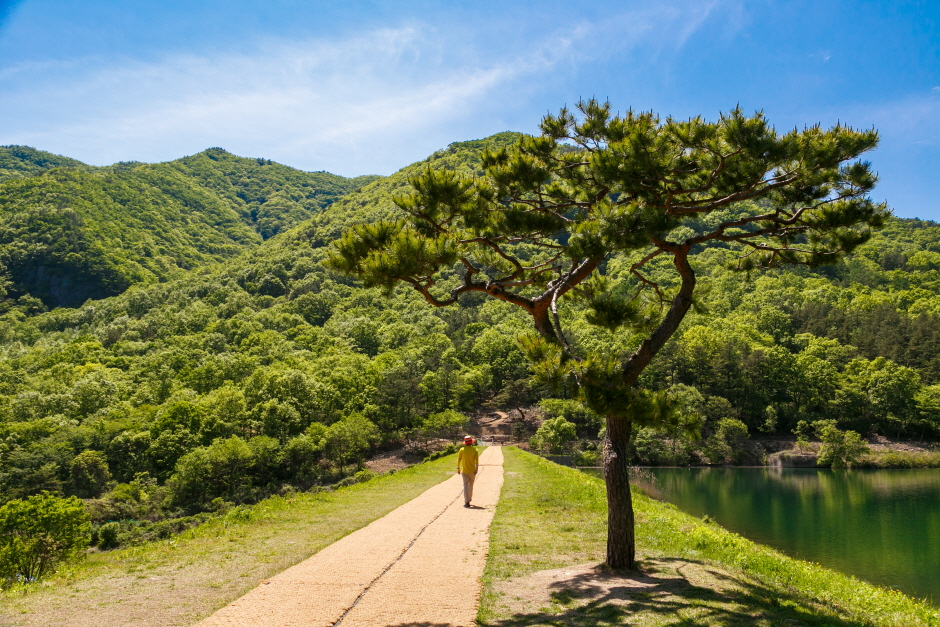
![NocWoonJae [Korea Quality] / 녹운재 [한국관광 품질인증]](http://tong.visitkorea.or.kr/cms/resource/71/2049271_image2_1.jpg)

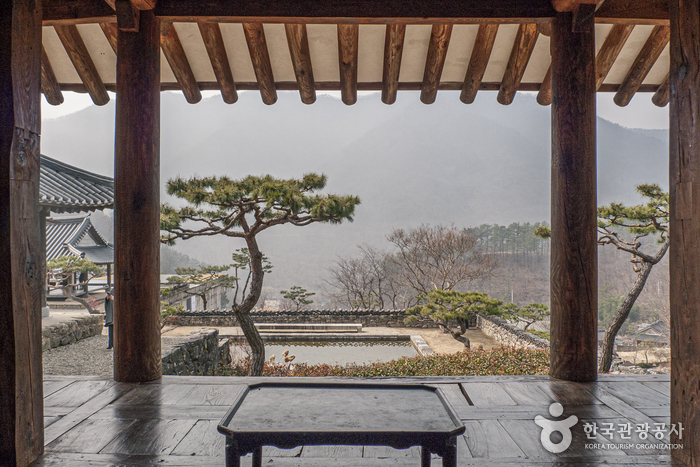
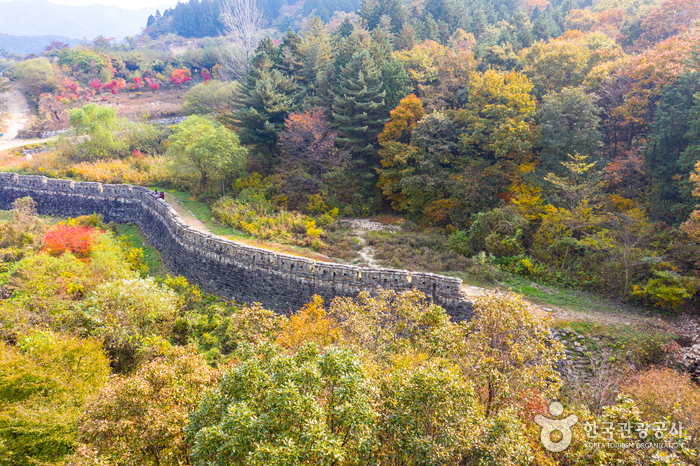
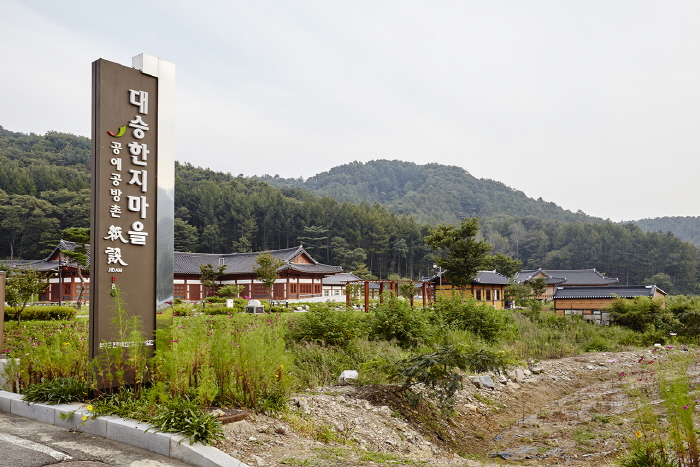
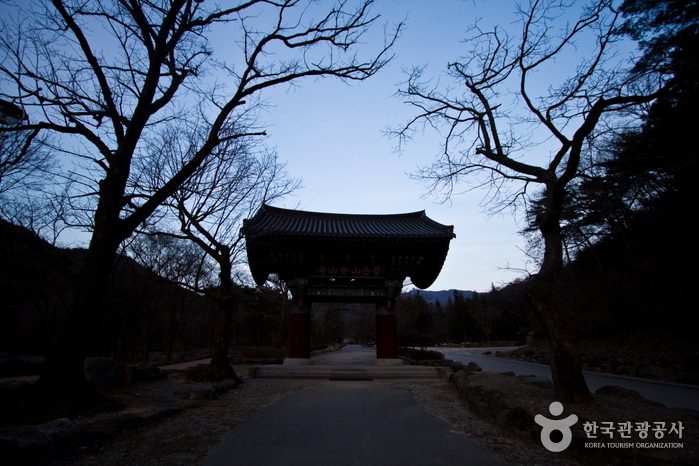
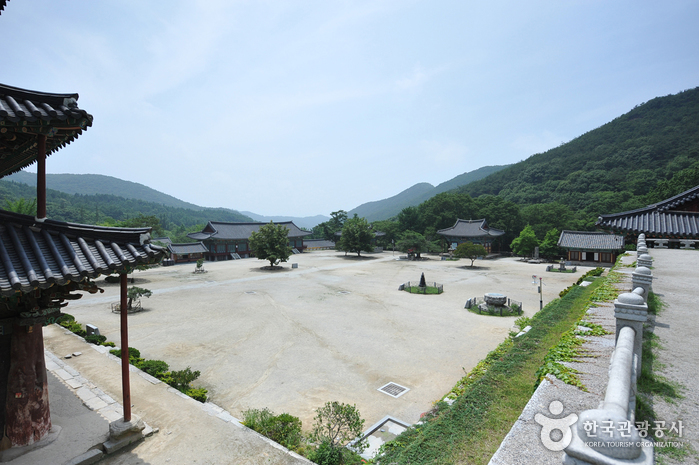
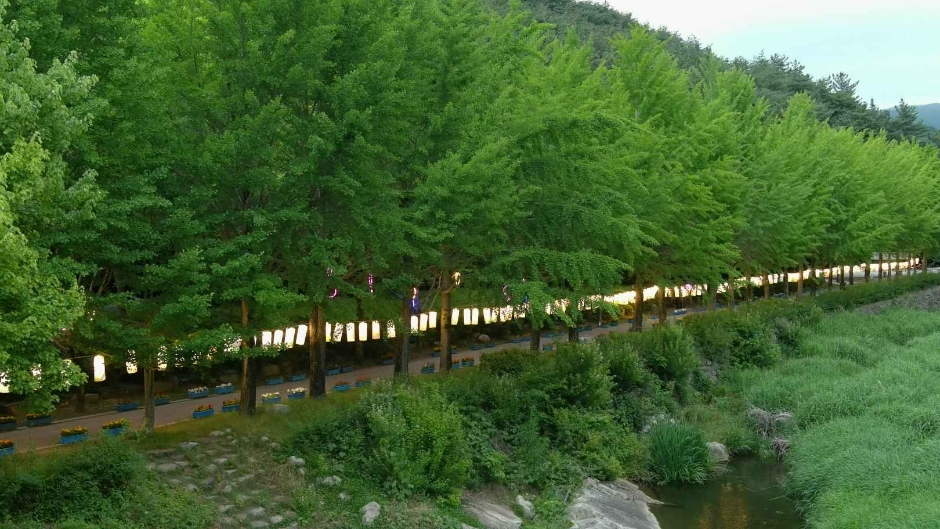
 Español
Español
 한국어
한국어 English
English 日本語
日本語 中文(简体)
中文(简体) Deutsch
Deutsch Français
Français Русский
Русский